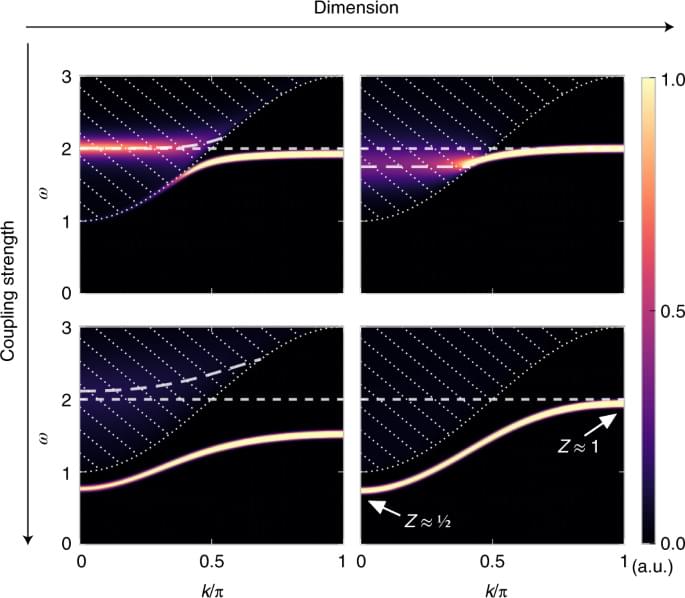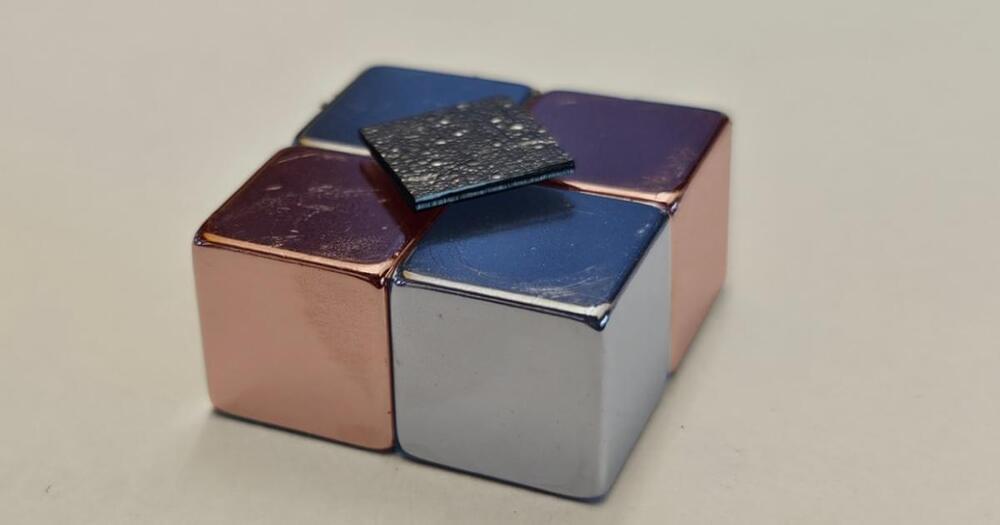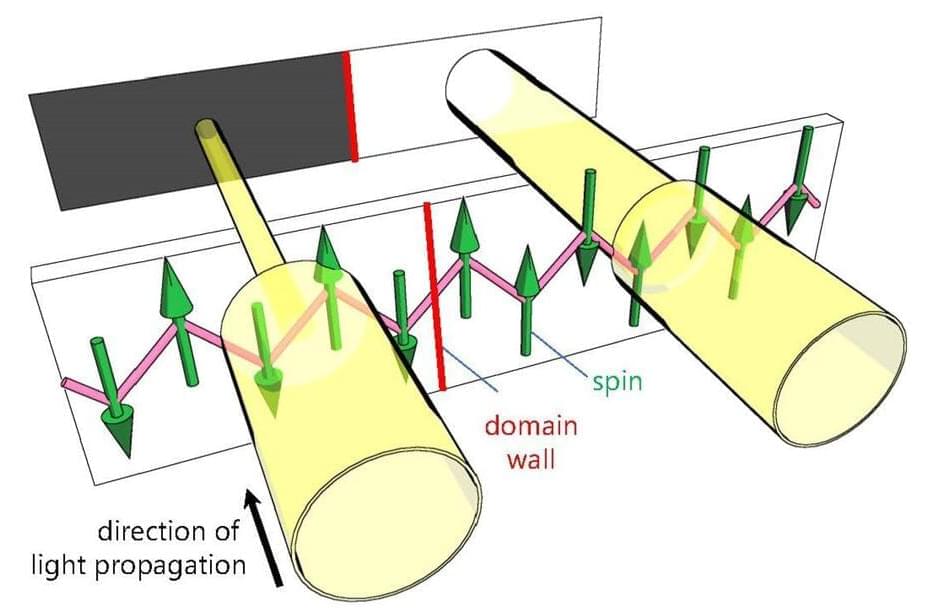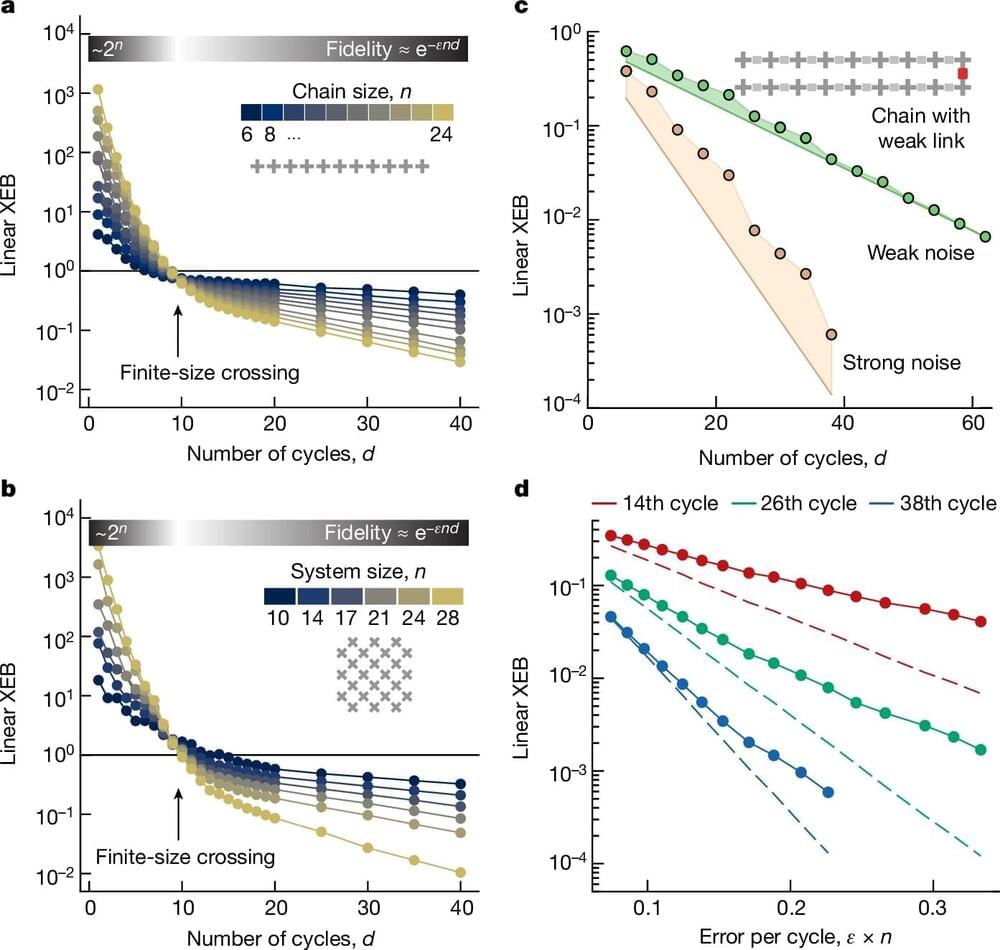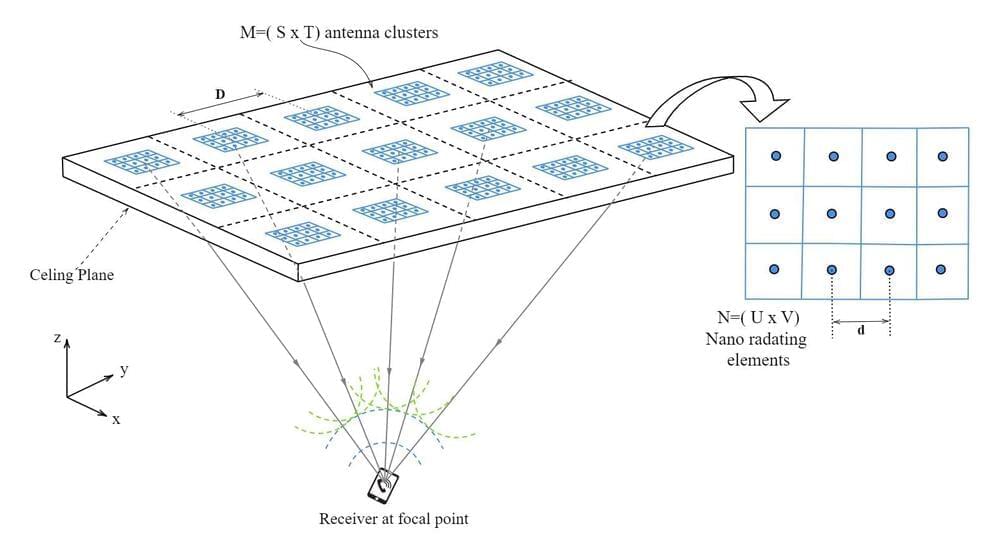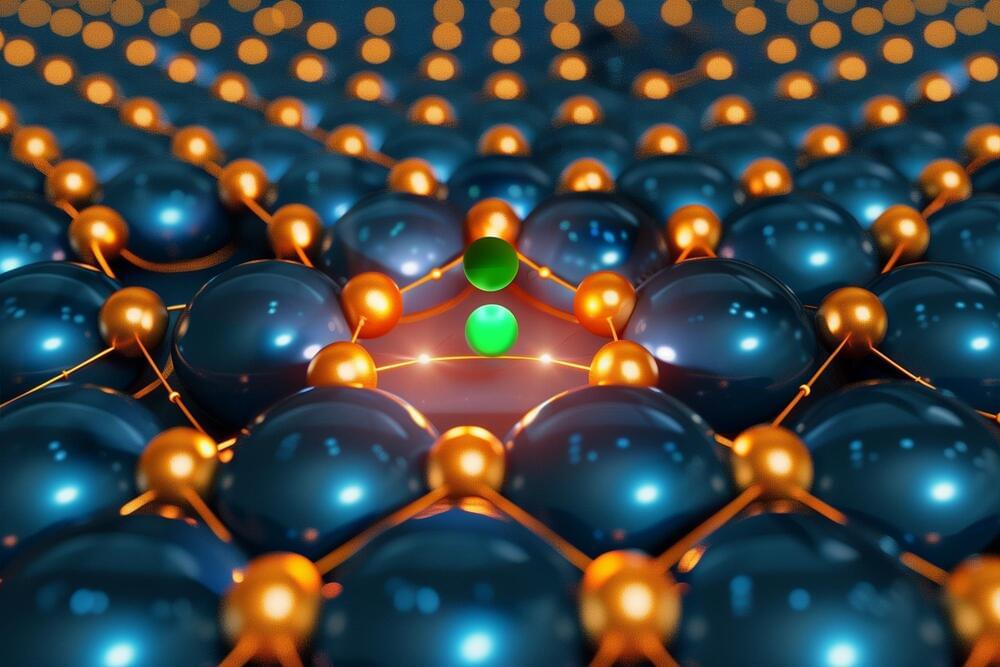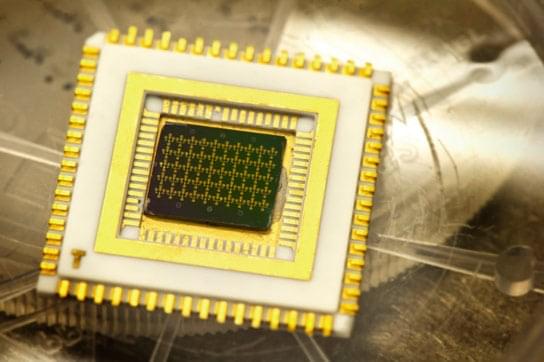Researchers at the Quantum Machines Unit at the Okinawa Institute of Science and Technology (OIST) are studying levitating materials – substances that can remain suspended in a stable position without any physical contact or mechanical support. The most common type of levitation occurs through magnetic fields. Objects such as superconductors or diamagnetic materials (materials repelled by a magnetic field) can be made to float above magnets to develop advanced sensors for various scientific and everyday uses.
Prof. Jason Twamley, head of the unit, and his team of OIST researchers and international collaborators, have designed a floating platform within a vacuum using graphite and magnets. Remarkably, this levitating platform operates without relying on external power sources and can assist in the development of ultra-sensitive sensors for highly precise and efficient measurements. Their results have been published in the journal Applied Physics Letters.
When an external magnetic field is applied to diamagnetic materials, these materials generate a magnetic field in the opposite direction, resulting in a repulsive force – they push away from the field. Therefore, objects made of diamagnetic materials can float above strong magnetic fields. For instance, in maglev trains, powerful superconducting magnets create a strong magnetic field with diamagnetic materials to achieve levitation, seemingly defying gravity.

